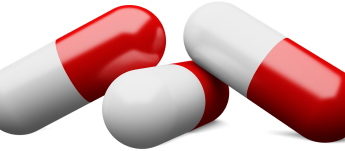
From the National Institutes of Health
For all the health benefits of exercise for both groups, however, only 33% of women and 43% of men in the study met the standard for weekly aerobic exercise, while 20% of women and 28% of men completed a weekly strength training session.
“Even a limited amount of regular exercise can provide a major benefit, and it turns out this is especially true for women,” said Cheng. “Taking some regular time out for exercise, even if it’s just 20-30 minutes of vigorous exercise a few times each week, can offer a lot more gain than they may realize.”
“This study emphasizes that there is no singular approach for exercise,” said Eric J. Shiroma, Sc.D., a program director in the Clinical Applications and Prevention branch at the National Heart, Lung, and Blood Institute (NHLBI). “A person’s physical activity needs and goals may change based on their age, health status, and schedule – but the value of any type of exercise is irrefutable.”
The authors said multiple factors, including variations in anatomy and physiology, may account for the differences in outcomes between the sexes. For example, men often have increased lung capacity, larger hearts, more lean-body mass, and a greater proportion of fast-twitch muscle fibers compared to women. As a result, women may use added respiratory, metabolic, and strength demands to conduct the same movement and in turn reap greater health rewards.
The Physical Activity Guidelines for Americans recommend adults get at least 2.5-5 hours of moderate-intensity exercise or 1.25-2.5 hours of vigorous exercise each week, or a combination of both, and participate in two or more days a week of strength-based activities.
The research was partially supported by NHLBI grants K23HL153888, R21HL156132, R01HL142983, R01HL151828, R01HL131532, and R01HL143227.
Study
Ji H, Gulati M, Huang TY, et al. Sex differences in association of physical activity with all-cause and cardiovascular mortality. J Am Coll Cardiol. 2024; doi: 10.1016/j.jacc.2023.12.019.


